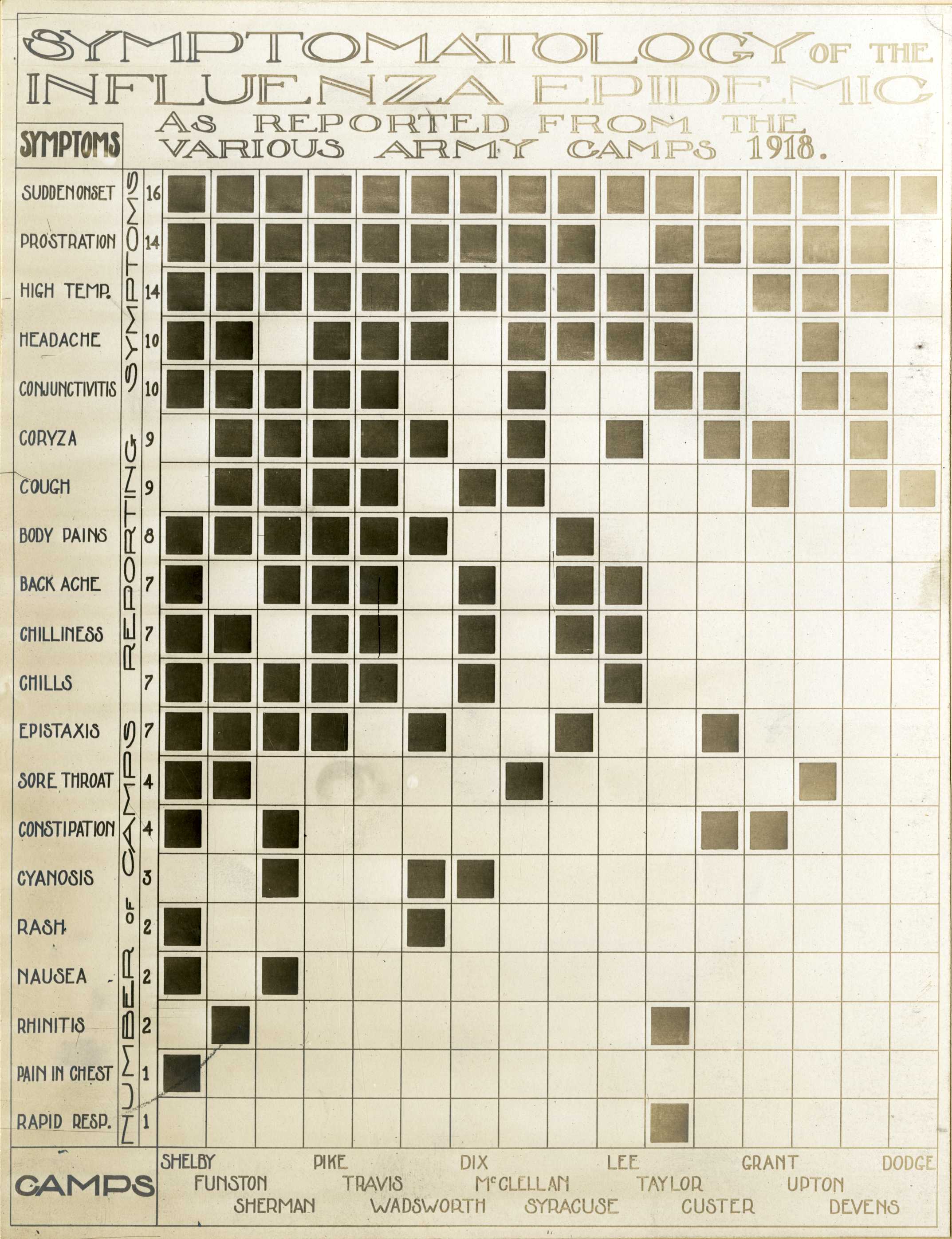
Photo from academic.microsoft.com
Pre-school age (3–5 years) children are vulnerable to malnutrition due to poor dietary intake, dietary habits, and socio-economic conditions. Children from marginalized families are more vulnerable than non-marginalized families due… Click to show full abstract
Pre-school age (3–5 years) children are vulnerable to malnutrition due to poor dietary intake, dietary habits, and socio-economic conditions. Children from marginalized families are more vulnerable than non-marginalized families due to limited access to health- and nutrition-related services, besides other socio-economic factors. This study was done to assess the dietary intakes, patterns, and determinants of pre-school age (3–5 years) children from marginalized populations in two districts of Odisha. We used three different questionnaires, namely general demographic information, single 24-h recall dietary survey, and food frequency questionnaire, to collect data. Dietary patterns were obtained using principal component analysis, and the recommended dietary allowance (RDA) method was applied to estimate the prevalence of inadequate intake. A general linear model of regression was used to investigate the relationship of dietary patterns scores with independent variables. A total of 86 boys (57.3%) and 64 girls (42.7%) were recruited for the study. The majority (more than two-third) of the children had <70% of RDA of iron, vitamin C, and zinc. The three dietary components that best described the dietary patterns among children in the study were vegetarian, non-vegetarian, and mixed patterns. They explained 54.9% of the variability. The ‘vegetarian’ dietary pattern was inversely associated with children whose mothers were illiterate (p = 0.005), who lived in families having per capita family monthly income less than INR 786 (10.3 US$) (p = 0.007), and who were first born (p = 0.04). The dietary patterns may help interventionists in designing programs aimed at preventing malnutrition and chronic diseases among children in marginalized communities.
Journal Title: Journal of Epidemiology and Global Health
Year Published: 2020
Link to full text (if available)
Share on Social Media: Sign Up to like & get
recommendations!